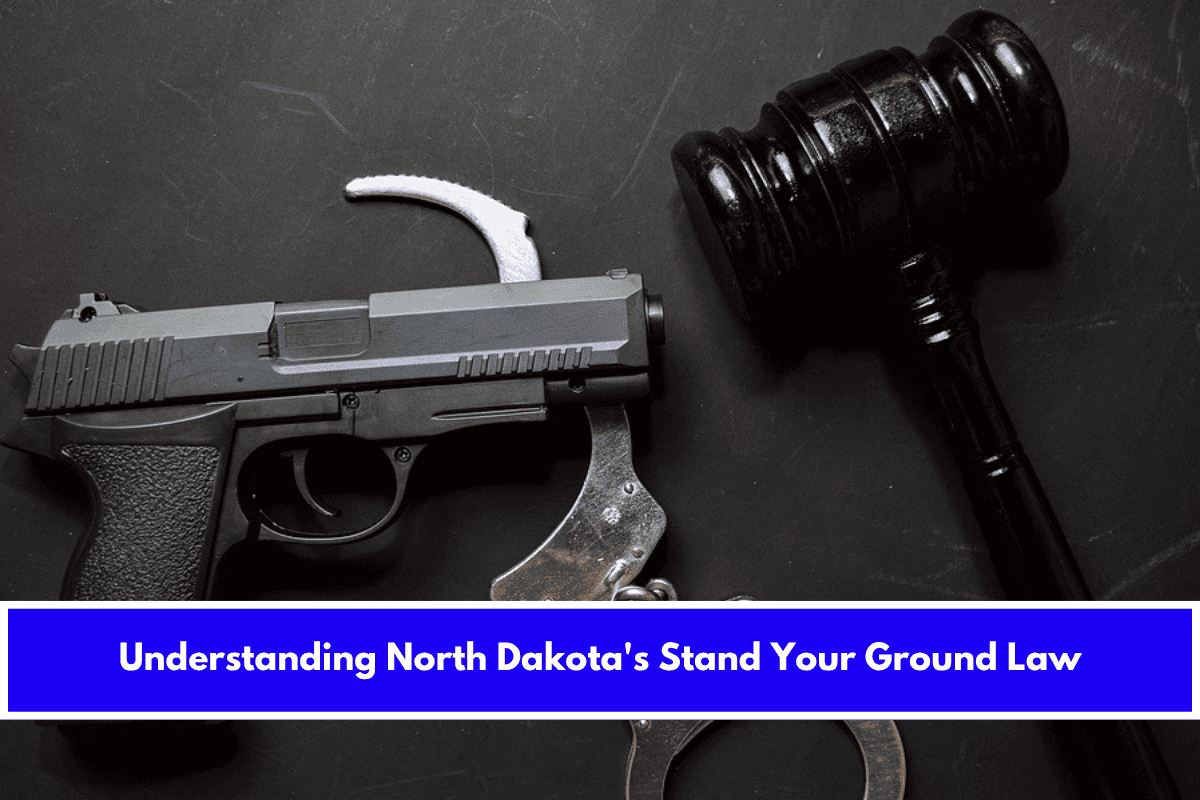North Dakota’s Stand Your Ground law was enacted as of August 1, 2021, and significantly changed the state’s approach to self-defense and the use of force. Here’s a comprehensive overview of how the law works and what it means for residents and visitors:
What Is Stand Your Ground?
A Stand Your Ground law removes the legal requirement—known as the “duty to retreat”—for individuals to attempt to escape or avoid a confrontation before using force in self-defense.
Under such laws, people may use deadly force if they reasonably believe it is necessary to prevent imminent death or serious bodily harm to themselves or others, so long as they are lawfully present in the location where the incident occurs.
North Dakota’s Law Before and After 2021
Prior to August 1, 2021:
North Dakota followed traditional self-defense principles, which typically required individuals to retreat or avoid using force if they could do so safely, especially in public spaces. The exception was the “Castle Doctrine,” which allowed individuals to use force without retreating inside their own homes.
After August 1, 2021:
With the passage of new legislation, North Dakota adopted a Stand Your Ground law. This means that individuals are no longer required to retreat before using force—including deadly force—if they are not engaged in unlawful activity, have not provoked the attacker, and are in a place where they are legally allowed to be.
Key Provisions of North Dakota’s Stand Your Ground Law
- No Duty to Retreat: Individuals do not have to attempt to escape or avoid a confrontation before using force in self-defense, whether in public or private spaces.
- Reasonable Belief of Threat: The use of force, including deadly force, is justified if the person reasonably believes it is necessary to prevent imminent death or serious bodily harm to themselves or others.
- Lawful Presence: The law applies only if the individual is in a place where they are legally allowed to be.
- No Unlawful Activity or Provocation: The law does not protect individuals who are engaged in illegal activity or who provoked the confrontation.
- Immunity from Civil Liability: Individuals who use force in accordance with the law are generally immune from civil lawsuits related to that use of force.
Comparison to Other States
North Dakota is now among the majority of U.S. states with Stand Your Ground laws. The law is similar to those in other states that have removed the duty to retreat, allowing individuals to defend themselves without first attempting to escape, provided they meet the other legal requirements.
Controversy and Considerations
Stand Your Ground laws are often debated for their impact on public safety and crime rates. Supporters argue that these laws empower individuals to protect themselves and deter violent crime. Critics contend that the laws may lead to increased violence and make it harder to prosecute cases where self-defense is claimed.
Summary Table
| Feature | North Dakota Before 2021 | North Dakota After 2021 |
|---|---|---|
| Duty to Retreat | Required in public | Not required |
| Castle Doctrine | Applies (no retreat in home) | Still applies |
| Stand Your Ground | No | Yes |
| Immunity from Liability | No (not specified) | Yes (for lawful use of force) |
North Dakota’s Stand Your Ground law allows individuals to defend themselves with force—including deadly force—without first attempting to retreat, so long as they are lawfully present, not engaged in illegal activity, and have not provoked the confrontation. This change aligns North Dakota with most other states in the region and across the country.
Sources:
- https://giffords.org/lawcenter/state-laws/stand-your-ground-in-north-dakota/
- https://en.wikipedia.org/wiki/Stand-your-ground_law
- https://www.ncsl.org/civil-and-criminal-justice/self-defense-and-stand-your-ground
- https://everytownresearch.org/rankings/state/north-dakota/











Leave a Reply